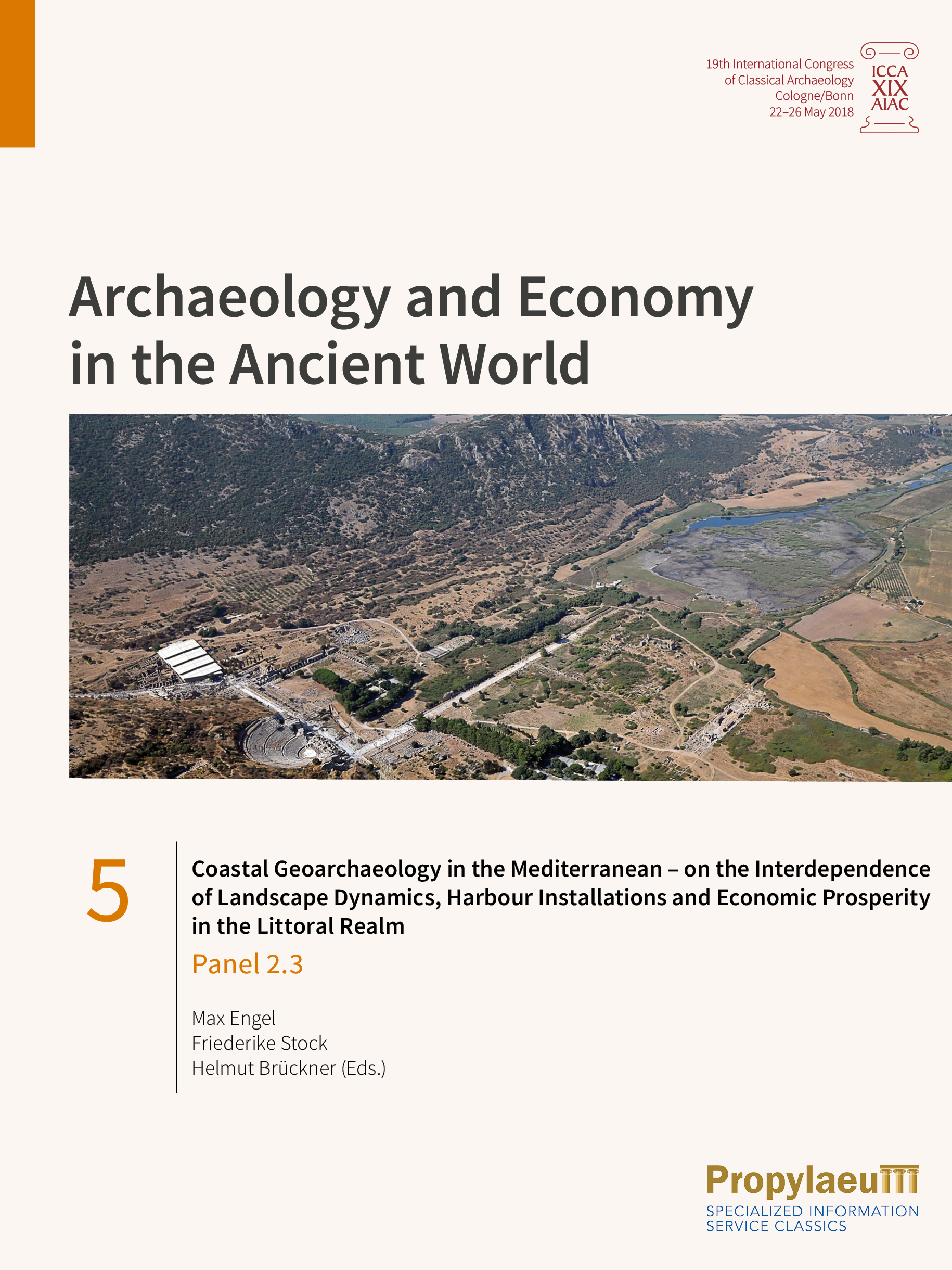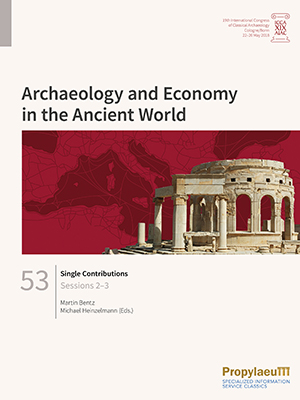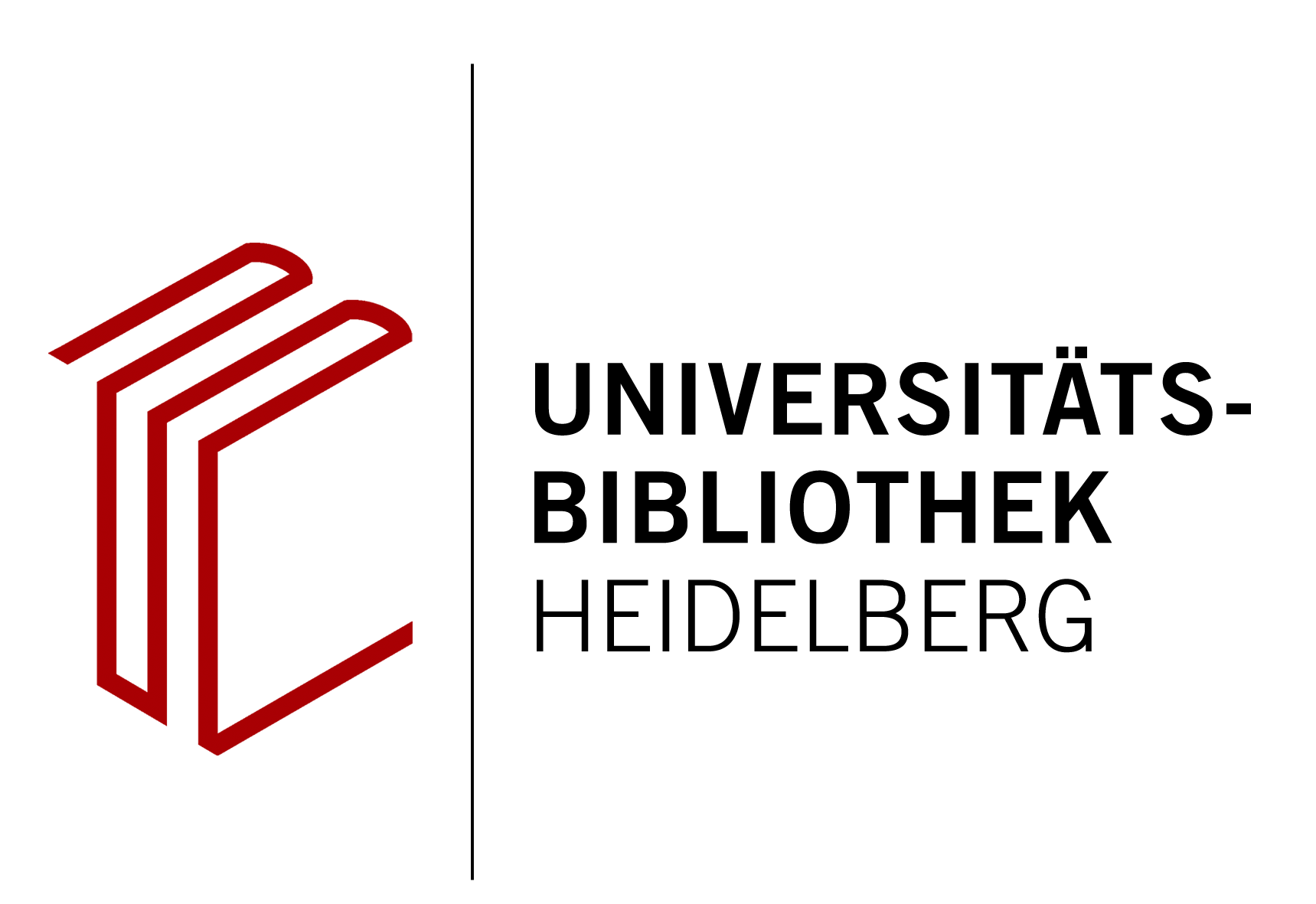Bernardes, João Pedro
Coastal Geoarchaeology in the Mediterranean – on the Interdependence of Landscape Dynamics, Harbour Installations and Economic Prosperity in the Littoral Realm: Panel 2.3
Die Küsten des Mittelmeers sind hochdynamische Landschaftbereiche, die sich innerhalb der vergangenen etwa sechs Jahrtausende im Fall progradierender Deltaebenen um bis zu mehrere Zehner Kilometer lateral verschoben haben. Dieser Prozess führte zur Gefährdung zahlreicher antiker Hafenanlagen und schließlich auch zu deren Trennung von der Küste, was schwerwiegende politische und ökonomische Folgen für die städtischen Zentren und ihr Hinterland mit sich brachte. Gleichzeitig führte der Anstieg des relativen Meeresspiegels stellenweise zur Versalzung von Grundwasserleitern und demnach zu nachteiligen Auswirkungen auf die landwirtschaftliche Produktion. Diese Sammlung an Beiträgen des Panel 2.3 „Coastal geoarchaeology in the Mediterranean – on the interdependence of landscape dynamics, harbour installations and economic prosperity in the littoral realm“ behandelt diese Themen für verschiedene B+ereiche des Mittelmeerraums in den letzten 2500 Jahren. Die dargestellten Studien zeigen erfolgreich, wie geowissenschaftliche Daten entweder zur Lokalisierung von Häfen beitragen oder wie sie die Interpretation archäologischer Überreste und Literaturquellen antiker Autoren maßgeblich unterstützen. Jeder Beitrag ist insofern ein eindrucksvolles Beispiel für die Relevanz interdisziplinärer Ansätze in der Archäologie, wie sie im Konzept der Geoarchäologie zusammengefasst sind.
Sessions 2–3, Single Contributions
Wirtschaftliche Aspekte durchdringen alle Bereiche des öffentlichen und privaten Lebens in alten Gesellschaften, sei es in der Stadtentwicklung, der Religion, der Kunst, dem Wohnen oder dem Tod. Die Erforschung der antiken Wirtschaft spielt seit langem eine wichtige Rolle in der Alten Geschichte. In den letzten Jahrzehnten ist aber auch in der Archäologie zunehmend das Bewusstsein gewachsen, dass die materielle Kultur alter Gesellschaften ausgezeichnete Möglichkeiten bietet, die Struktur, Leistung und Dynamik alter Wirtschaftssysteme und Wirtschaftsprozesse zu untersuchen. Hauptziel dieses Kongresses war es daher, die Ökonomie als ein zentrales Element der klassischen Gesellschaften zu verstehen und ihre Wechselwirkung mit ökologischen, politischen, sozialen, religiösen und kulturellen Hintergründen zu analysieren. Das Thema des Kongresses richtete sich an alle Disziplinen, die sich mit der griechisch-römischen Zivilisation und ihren Nachbarkulturen von der ägäischen Bronzezeit bis zum Ende der Spätantike befassen.
In diesem Sammelband widmen sich einzelne Beiträge der Sessions 2 und 3 einerseits der Untersuchung natürlicher Umweltfaktoren – Klima und Landschaft – als Einflüsse auf die antike Wirtschaft und andererseits der Erforschung von Produktionssystem. Thematisch spannt sich der Bogen von der Kontextualisierung des antiken Handwerks, über Fragen zur Produktion von beispielsweise dekorativen Metallobjekten, Glas, Porträtstatuen und Ziegeln, bis hin zur antiken Architektur und dem damit verbundenen Bauwesen. Der zeitliche und topographische Rahmen reicht vom mykenischen und archaischen Griechenland, über das eisenzeitliche Süditalien und das hellenistisch-römische Sizilien sowie Makedonien bis zum kaiserzeitlichen Spanien und Kleinasien.








